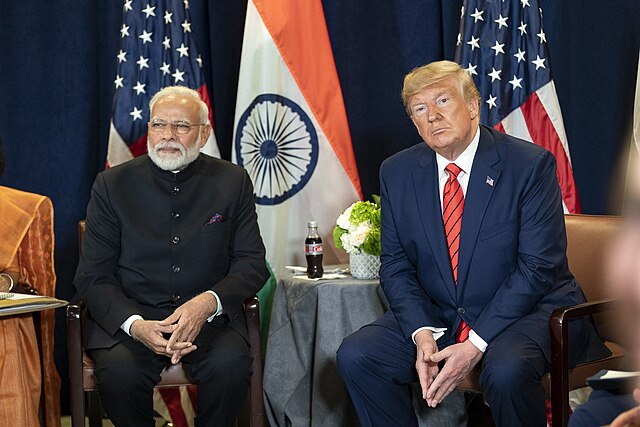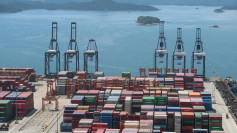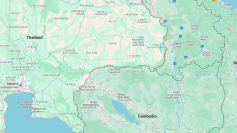President Donald Trump has ordered a 50% tariff on Indian imports, citing New Delhi's continued purchases of Russian oil and collapsing trade negotiations, in a dramatic escalation that could upend $87 billion in annual commerce between the two nations. The new import taxes-an additional 25% stacked atop existing duties-will take effect within 21 days, according to an executive order released Wednesday.
"I find that the Government of India is currently directly or indirectly importing Russian Federation oil," Trump stated in the order, justifying the hike on national security grounds. "Imports of Indian goods into the United States shall be subject to an additional... rate of duty of 25%."
India, already the subject of sweeping global tariffs under Trump's April trade offensive, will now face one of the highest duty rates in the world. Only Brazil, Syria, and Myanmar face comparable tariff levels. The White House did not address whether other major buyers of Russian crude-like China-would face similar penalties.
In remarks to CNBC on Tuesday, Trump said, "India has not been a good trading partner, because they do a lot of business with us, but we don't do business with them... they're buying Russian oil. They're fueling the war machine."
India's Ministry of External Affairs condemned the decision as "unfair, unjustified and unreasonable," vowing to "take all actions necessary to protect its national interests." Officials stressed that energy imports are driven by economic and population needs, and noted that many other countries-including U.S. allies-continue to buy Russian crude.
The tariffs come after five rounds of inconclusive trade talks, which collapsed over U.S. demands for greater access to Indian agriculture and dairy markets. India's $52 billion in Russian oil imports last year, a record high, ultimately triggered the move, U.S. officials said.
The fallout was immediate. The Indian rupee weakened in offshore markets, while equity futures slipped. Economists warned the decision could shave as much as 0.5% off India's annual GDP growth, already under pressure from slowing global demand.
"This is a severe setback. Nearly 55% of our shipments to the U.S. will be affected," said S.C. Ralhan, president of the Federation of Indian Export Organisations. Key industries-including textiles, footwear, jewelry, and machinery-face a competitive disadvantage of up to 35% against peers in Vietnam, Bangladesh, and Japan.
"With such obnoxious tariff rates, trade between the two nations would be practically dead," said Madhavi Arora, economist at Emkay Global.
White House officials declined to comment on whether further penalties are under consideration for other countries buying Russian oil. The decision notably excluded smartphones, semiconductors, and select tech components, which remain exempt pending a Commerce Department investigation under Section 232.
India was the tenth-largest source of U.S. goods imports in 2024, according to Commerce Department data. Among the largest imports were electronics, chemicals, metals, plastics, and agricultural products.






